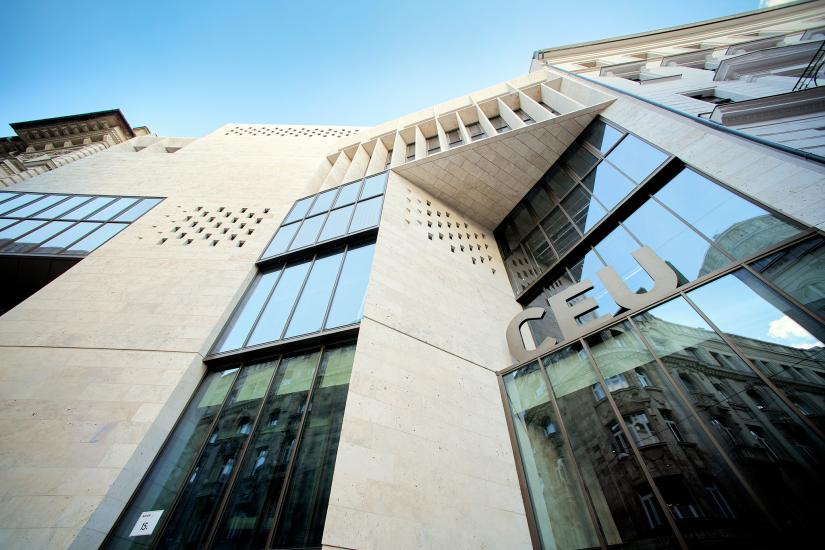
In her recent book, Softimage (2015) Hoelzl argued that digital technologies have entailed a fundamental shift in images and imaging: from the geometrical paradigm to the algorithmic paradigm, from representation to process. The images we see on our networked screens are part of algorithmic operations of navigation and network access which are in fact operations of surveillance and control. Her book-in-progress, Postimage goes one step further, exploring the dystopian and utopian possibilities of the image understood as a collaborative gathering and exchange of data across species (human, animal, machinic). Her utopian claim is that in the posthumanist episteme (Hoelzl and Marie, 2017)) the images as a fixed and unilateral representation of the world becomes a living relation between all the constituents of the ecosystem; she calls this relation the postimage. Taking the case of Pierre Huyghe's Untilled (2012) and Zoodram (2011) as well as Trevor Paglen's The Last Pictures (2012) and Donna Haraway's speculative fabulation “The Camille Stories: Children of Compost” (2016) the talk will try to flesh out both aspects of the postimage: the image after the humanisms and the image after the human.
***
Ingrid Hoelzl is a media theorist and performance artist currently based as Visiting Scholar in Residence at the Department of Gender Studies at Central European University in Budapest where she is working on her book project, Postimage: A New Ecology of Vision, in addition to developing her performative project “Stringfigures” which brings together Donna Haraway's concept of “stringfigures” with movement/sound improvisation. She obtained her PhD at the Faculty of Cultural Studies at Humboldt University Berlin in 2008 and has held lecturer, research and faculty positions worldwide, among them the Academy of Fine Arts Vienna, McGill University, the University of Oslo and City University of Hong Kong.
In her research, she continually extended her field of inquiry from the photographic self-portrait to the digital image and the concept of the postimage. She is the author of Der Autoporträtistische Pakt (Fink, 2008), a pioneer study on the theory of the photographic self-portrait as well as (with Remi Marie) of the book Softimage: Towards a New Theory of the Digital Image (Intellect, 2015). She edited the History of Photography special issue Photography and Movement (2011) and (with Friedrich Tietjen) the anthology Images in Motion (LUCA, 2012). Her work on the status of the image in the digital environment has been widely published in peer-reviewed journals and anthologies as well as in exhibition catalogues. Her book Softimage, co-authored with Remi Marie, investigates digital animation, postproduction, screening, compression, navigation, and wireless access and concludes that the “softimage” is not only intrinsically merged with software, but that it is a program in itself. The book has since won enthusiastic reviews in journals such as Leonardo, Visual Studies, and the Journal of Visual Culture. Her current research on the postimage has been published in Leonardo (February 2017), The Posthuman Glossary (Bloomsbury, 2018) and The Evolution of the Image (Routledge, 2018). With Remi Marie, she is currently writing up her third book, Postimage: A New Ecology of Vision. The book explores the image as an 'eco-vision' – a relation between the co-existent beyond objectivation and causation, reaching out to magic and animism, with humanist representation being a simple parenthesis in the history of imaging.